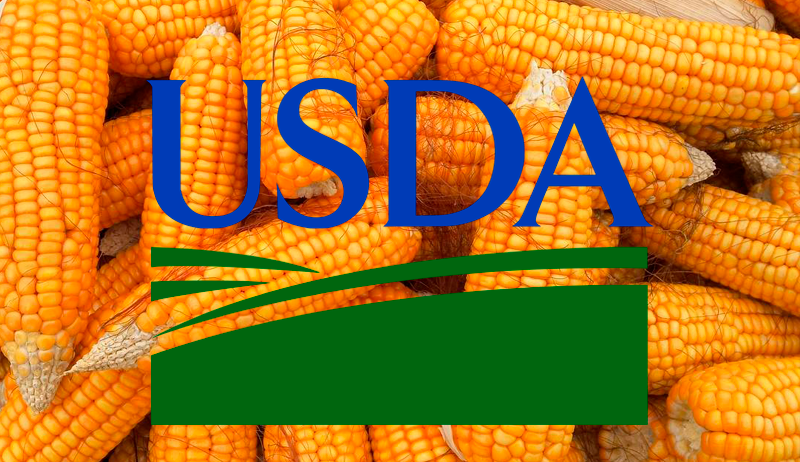USDA maintains US corn stocks

The USDA’s June supply and demand report did not bring any significant changes. A cut in corn stocks was clearly expected due to the high level of weekly exports. USDA has not yet considered this pace to be sufficient to modify projections for the current business year. Moreover, a strong cut in wheat production in Russia was expected, and the department confirmed this expectation, despite this exporter still having strong export sales volumes. Given the absence of major surprises, prices saw no major change on the Chicago Board of Trade (CBOT), but maintained accumulation within a price range. Now, the focus is on the planted area report on the 28th, whose data will give the market a clearer view of the profile of the 2024 crop. The weather in July and August will close the cycle of the US crop.
Corn planting is technically closed in the United States. Last week, the planting reached 95% and suggests two situations for this season. The first is that a larger portion of the crop was left out of government programs, as it was planted after the regulatory deadline on May 30. The second is that the acreage was lower than expected out of the planting intention report of 90 mln acres this year. This is the next big point of attention for the corn market: the preliminary planted area report on the 28th.
The report on the 28th reflects the first preliminary data on the area planted in the 2024 crop. Such data involve at least 98% of the planting profile. So, it will be information that the market will work on in its projections. In the July report, USDA updates its projections for the new crop with this new area adjusted in a more realistic way.
For now, the June supply and demand picture has not brought any changes. This was the surprise of this report, considering that some reduction in stocks was expected due to excellent weekly exports. Exports for the 23/24 business year already exceed 52 mln tons, with the USDA maintaining its projection at 54.6 mln for the end of the cycle. However, there are still 11 weeks left until the end of the business year, and the United States is selling one mln tons a week. It seems to us that this forecast should be sharply updated in the next two reports. For the new business year, 24/25, there were also no changes, maintaining the projection of comfortable stocks for the next cycle.
Another important point of this report was the wheat situation. Expectations remained regarding the size of the cut to be made in European and Russian production. USDA cut Russia’s estimate to 83 mln tons, besides cutting the European and Ukrainian production. The harvest has begun in the Black Sea, and further assessments can emerge. Yet, Russia has not indicated any measures to restrict wheat exports, a sensitive point for the Black Sea market, and current shipments may still go on at a record pace. At this point, wheat prices settled down and did not bring greater support to corn. The concern now is the Russian post-harvest period, when the local government may impose restrictions on exports to meet its domestic supply.
In other corn-producing and exporting countries, there were no changes in the supply and demand environment. Only a slight increase in Ukraine from 27 to 27.7 mln tons. Europe remained unchanged. For China, for which USDA and the Chinese government have conflicting data, the projection was maintained for the new season.
The rain forecast for the next two weeks across the US Midwest is quite comfortable, and there is no climate variable to affect the market on the CBOT that points to rising temperatures in the next fifteen days, at least. Next, attention turns to corn pollination and silking in July, as well as pod-filling in August. If rain is regular in July, it will be difficult for the climate variable to change the price profile on the CBOT at this critical stage. With a lack of rain, prices may rebound.
Read also
Wheat in Southern Brazil Impacted by Dry Weather and Frosts
Oilseed Industry. Leaders and Strategies in the Times of a Great Change
Black Sea & Danube Region: Oilseed and Vegoil Markets Within Ongoing Transfor...
Serbia. The drought will cause extremely high losses for farmers this year
2023/24 Safrinha Corn in Brazil 91% Harvested
Write to us
Our manager will contact you soon



